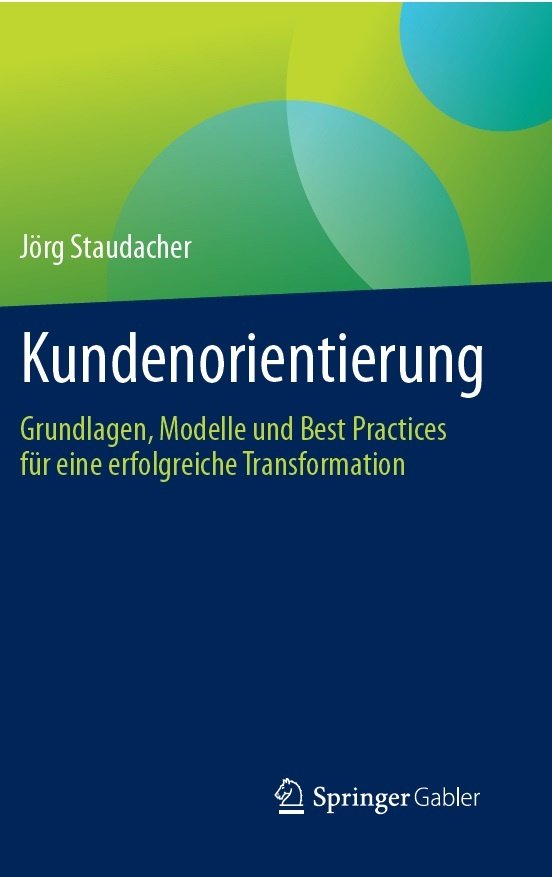It is assumed that – regardless of whether B2B or B2C – customers have already made an average of 70% of the purchase decision before they make contact with a seller digitally or in person. McKinsey’s Consumer Decision Journey assumes that customers proceed directly to purchase after active evaluation. In the course of our projects, however, we were able to identify two additional phases that need to be taken into account: the confirmation phase and the re-confirmation phase. This must be taken into account especially in the case of extensive purchase decisions, which are usually associated with a high level of involvement due to uncertainty, because of a higher purchase amount or because of the prestige associated with the purchase. Thus, they are characteristic of most B2B buying decisions and extensive as well as limited buying decisions in B2C industries. That’s why we developed the Customer Purchase Process, which focuses even more specifically on the time directly before and after the purchase.
If customers are increasingly able to obtain information in their personal networks and online, they will need less and less of the provider’s POS to make a decision. For example, more and more decisions are being made when buying travel, electronics, insurance, etc., without visiting a manufacturer’s touchpoint. For example, after a decision is made on a comparison portal, in a conversation with friends, or based on a test report, customers tend to confirm their decision at touchpoints and especially at the organization’s POS. This leads to a fundamentally different perspective on the customer purchasing process. The Customer Purchase Process addresses this point and allows deeper insight into the remaining opportunities for companies.

The salesperson has a new role to play. In the past, most customers had limited knowledge and opportunities to learn were limited. This does not mean that customers today objectively have better information, but that they have the subjective feeling of needing less support from salespeople when making purchasing decisions. Another effect is the systematic cost-cutting in almost all industries in the area of personal selling, which is putting increasing pressure on this professional group. Salespeople receive less training, are more easily frustrated, and are more likely to change jobs. As a result, customers increasingly feel they are “better” informed than the salesperson.
After the evaluation, we were able to identify a new phase. The Confirmation phase is a process stage within the Customer Purchase Process that builds on the subjectively perceived high level of certainty of the purchase decisions, but is made in order to dispel any final doubts.
Customers are increasingly visiting a POS to confirm their decision. However, for some purchase decisions, this also means visiting a POS to confirm that this brand is not an option for the customer. The bottom line for any organization is: can we convince customers who are already 70% sure they won’t buy our brand to do otherwise, and is this task financially worthwhile for the organization? No general statement can be made here, because the purchase decision always depends on a variety of factors. But it is not easy.
Within the framework of the customer purchase process, companies and their sales staff therefore have the central task of finding out as early as possible whether the customer wishes to confirm his purchase decision positively or negatively.
Another phase to consider is downstream from the purchase decision. Customers revisit company contact points after purchase to re-confirm their decision. For larger purchases, waiting times must often be expected until the goods are delivered or can be used. Online shopping also leads to customers having to wait for goods. They use this time to reconfirm their decision and be happy about the purchase decision. For companies, there is an opportunity here to resolve possible cognitive dissonance or to strengthen the joy of the purchase.
The re-confirmation phase is a stage within the customer purchase process that describes the waiting for the offer and is characterized by customers re-confirming their purchase at the various touchpoints even though the purchase has already been made.
Within the Re-Confirmation phase, a further subdivision is possible. In B2B and extensive as well as limited B2C purchase decisions, customers are in an emotionally positive phase for a certain time from the moment they possess a good. This is comparable to the honeymoon. After the purchase, the customer is hopefully happy with the new acquisition and enjoys using it. Problems usually emerge later.
Honeymoon refers to the phase within the Re-Confirmation and Usage Experience phase shortly after purchase, when customers have a high level of attention towards the organization.
This phase has high importance for two reasons. First, additional customer relationship activities can further enhance the positive experience at the time of handover or shortly after ownership. Thus, in the B2B context, unexpected additional services can be offered for free. Trial offers can be enclosed for end customers. At this stage, customers are particularly attentive to the organization. Additional messages can be sent which, if optimally targeted at the customer, can lead him to reach for the same brand more or less immediately for the next purchase. On the other hand, it can be assumed in this phase that customers are significantly more willing to recommend and also recommend more often.
Companies are therefore well advised to integrate these three phases (confirmation, re-confirmation and honeymoon phase) into their considerations and to optimally align customer relationship activities with them. The Customer Purchase Process thus serves as a structuring basis for sales and marketing.
Our offer in the field of customer orientation Consulting
Customer orientation is on everyone’s lips. In this context, it is not enough to define inspiring experiences or experiences that are as simple as possible. The aim is to ensure the company’s adaptability to changes in customers’ purchasing behavior. As a specialized customer orientation consultancy, we have the tools and experience to successfully support you in your transformation to improve customer orientation.
The book on the subject
The Customer Purchase Process is presented comprehensively in the book Customer Orientation starting on page 96. Practical examples are also provided and additional recommendations are made for the individual stages. A deeper understanding of the Customer Purchase Process is worthwhile for every marketing and sales department.





